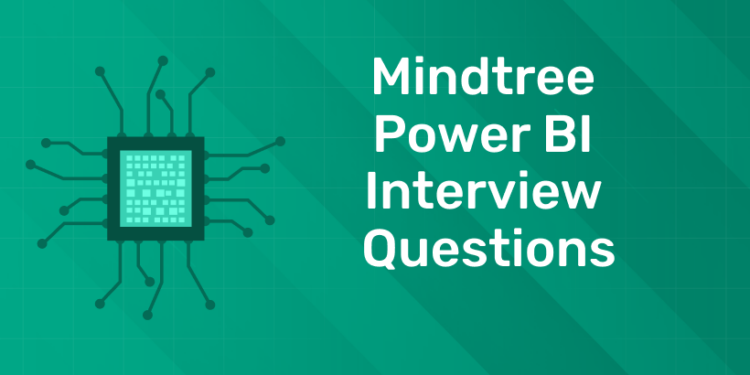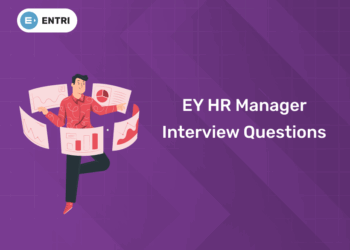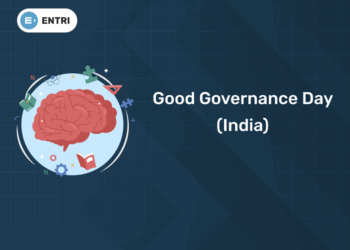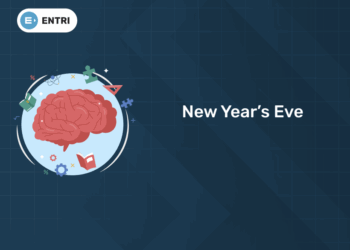Power BI has become a cornerstone for business intelligence and data visualization, helping organizations make data-driven decisions. Mindtree is a tech leader for whom proficiency in Power BI is a must-have skill for aspiring candidates. Whether you’re a fresher or an experienced professional, preparing for a Power BI interview at Mindtree can seem daunting. To help you succeed, this blog delves into the most frequently asked Mindtree Power BI interview questions, covering fundamental concepts, DAX functions, data modelling, and real-world problem-solving scenarios.
Enhance your data science skills with us! Join our free demo today!
Mindtree Power BI Interview Questions and Answers
Here are some Mindtree Power BI interview questions and answers to help you prepare:
Basic Power BI Questions
1. What is Power BI, and why is it used?
Power BI is a business intelligence tool developed by Microsoft that allows users to connect to various data sources, transform data, and create interactive reports and dashboards. It is used for:
- Data visualization.
- Business analytics.
- Generating actionable insights.
- Sharing reports across teams via the Power BI Service.
2. What are the components of Power BI?
The main components are:
- Power BI Desktop: For report creation and data modelling.
- Power BI Service: Cloud-based platform for sharing and collaboration.
- Power BI Mobile: Access reports on mobile devices.
- Power BI Gateway: Connects on-premise data sources to Power BI Service.
- Power BI Report Server: For on-premise report storage and management.
Data Modelling Questions
3. Explain the difference between a star schema and a snowflake schema. Which one is preferred in Power BI?
- Star Schema: A central fact table is connected to dimension tables in a simple, flat structure.
- Snowflake Schema: Dimension tables are normalized into multiple related tables.
Preferred: Star schema is preferred in Power BI as it simplifies querying and improves performance.
4. What is a measure in Power BI?
A measure is a DAX formula used to perform calculations on data, such as sums, averages, or counts. Measures are dynamic and calculated based on filter contexts in a report.
DAX (Data Analysis Expressions) Questions
5. What is the difference between SUM() and SUMX()?
SUM(): Adds up all the values in a column.
SUMX(): Iterates through a table, applies a calculation to each row, and then sums up the results.
Example: SUMX(Table, Table[Column1] * Table[Column2]) calculates the sum of products row by row.
6. How would you calculate Year-to-Date (YTD) in Power BI?
Use the TOTALYTD() function in DAX:
YTD Sales = TOTALYTD(SUM(Sales[Amount]), Calendar[Date])
Data Visualization Questions
7. What are slicers, and how are they used in Power BI?
Slicers are visual filters that allow users to interact with and filter data in a report dynamically. They improve report interactivity and help focus on specific subsets of data.
8. How do you create a hierarchy in Power BI?
Select fields to include in the hierarchy (e.g., Year, Quarter, Month).
Right-click and select “New hierarchy” to create it.
Drag fields to reorder levels if needed.
Power Query (ETL) Questions
9. What is Power Query?
Power Query is a data transformation tool in Power BI used to clean, transform, and load data. It uses the M language for advanced data shaping tasks.
10. How do you remove duplicate rows in Power Query?
In Power Query:
1. Go to the “Home” tab.
2. Select the column(s) to check for duplicates.
3. Click “Remove Duplicates.”
Advanced Questions
11. How do you implement Row-Level Security (RLS) in Power BI?
- Define roles in Power BI Desktop using DAX filters (e.g., [Region] = “North”).
- Publish the report to Power BI Service.
- Assign users to roles under the “Security” settings in the dataset.
12. How do you optimize Power BI reports for performance?
- Use star schema for data modelling.
- Avoid importing unnecessary columns or rows.
- Use measures instead of calculated columns.
- Optimize DAX calculations.
- Reduce the number of visuals on a single page.
- Enable query reduction techniques.
Scenario-Based Questions
13. Your report visuals are not refreshing correctly. How would you troubleshoot?
1. Check the data source connection.
2. Ensure the dataset is refreshing in Power BI Service.
3. Verify filters or slicers affecting the visual.
4. Use “Refresh” in Power BI Desktop to test.
14. How would you design a real-time dashboard in Power BI?
- Use streaming datasets.
- Connect to real-time data sources like Azure Stream Analytics.
- Create visuals that update automatically as data streams in.
By practicing these questions and tailoring your answers with real-world examples, you’ll be better prepared for your Mindtree Power BI interview.
Conclusion
Mastering Power BI is essential for candidates aspiring to join Mindtree’s dynamic team. By thoroughly understanding the concepts discussed in this blog, you’ll be well-prepared to tackle the interview with confidence.
Remember, Mindtree values not only technical expertise but also problem-solving skills, creativity, and a strong understanding of business needs. Complement your technical preparation with hands-on practice and the ability to articulate your thought process during the interview.
Enhance your data science skills with us! Join our free demo today!












